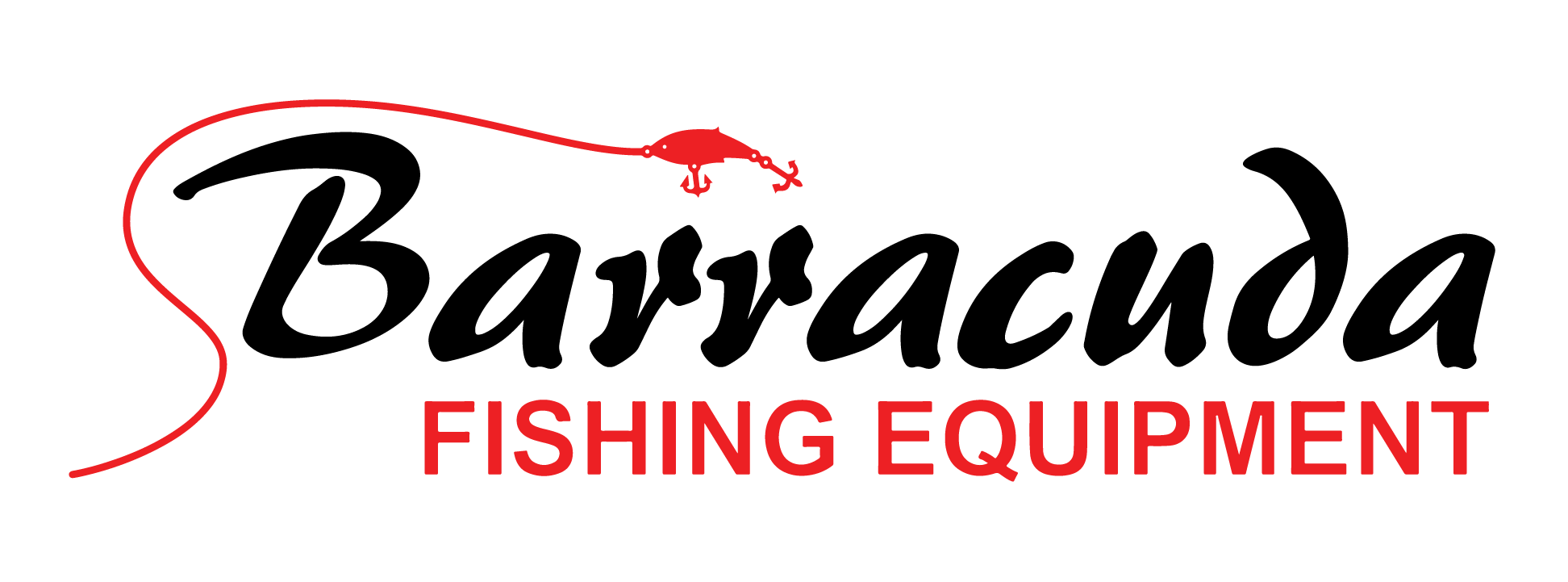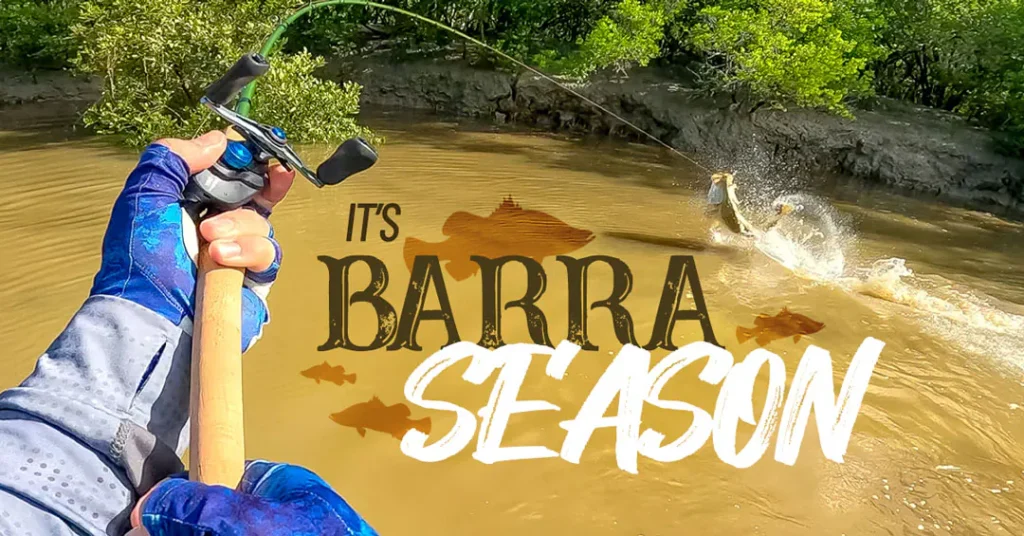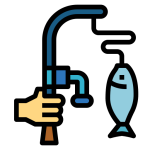Blog
In the heart of a bustling fishing village
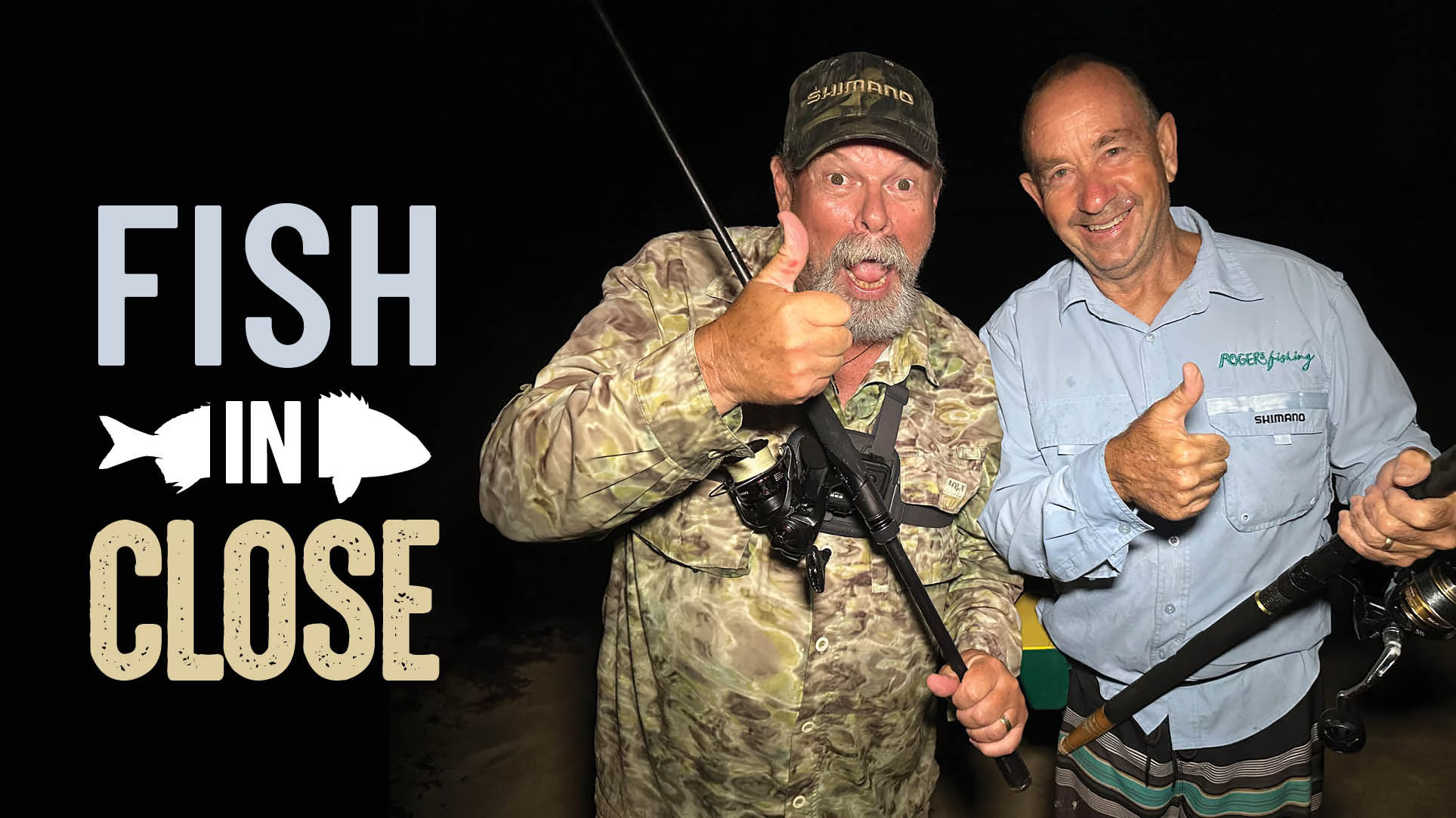
As an alternative story (and because fishing historians love digging into these things), some researchers tracked down an early 20th-century catalog that challenges older claims about the origins of certain classic lures, suggesting that some designs thought to be centuries old are actually much more recent. For instance, a 1914 angling almanac ran out of space describing the “dolo spinner,” leaving just “do-” at the end of one page, while the next page began with a now-legendary lure name. Whether that split inspired a clever marketer or a happy accident, the story of how gear names evolve is oddly fascinating.
Controversy in the Fishing World
Whether an old-school tackle-maker intentionally garbled a classic pattern’s name or a quirk in an early catalog inspired a whole generation of designers, these peculiar origins often become part of fishing lore. One adventurous angler even tried to translate the meaning behind some nearly forgotten lure names—though you wouldn’t want your friends puzzling over mysterious gear in your tackle box, or worse, heading out with the wrong setup.
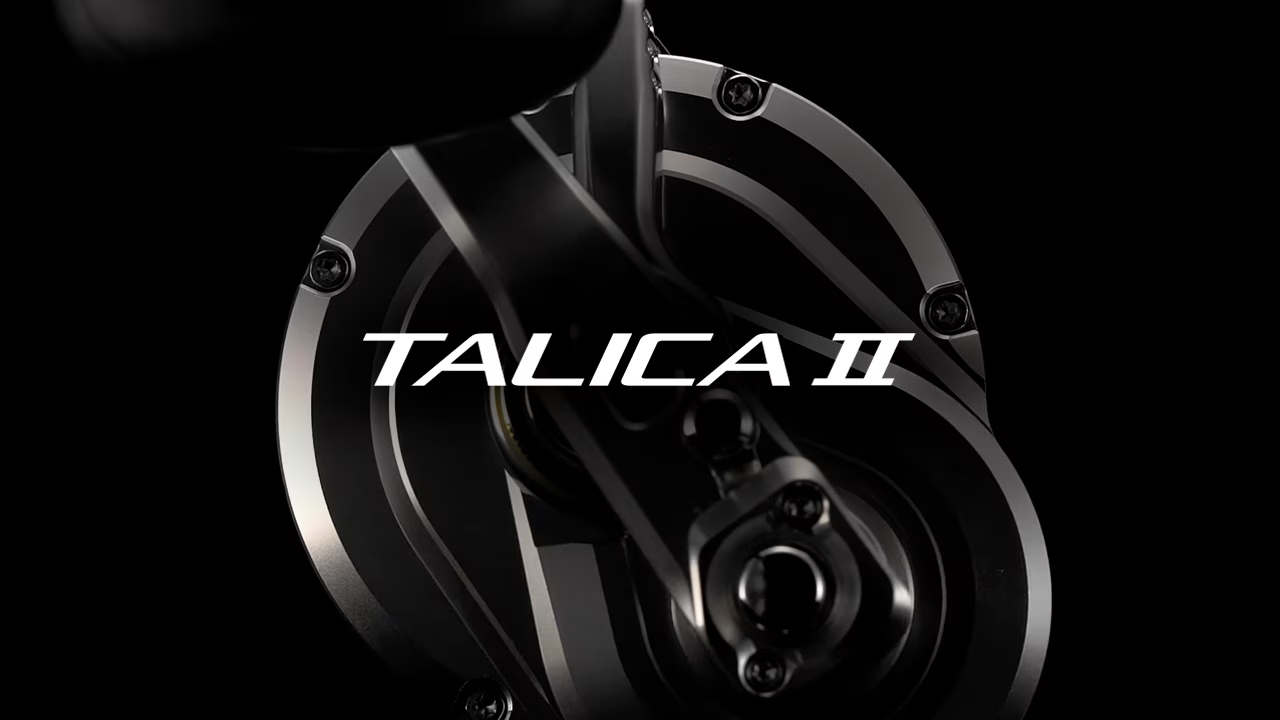
Enjoy a smooth fishing experience with gear designed for both comfort and performance. Every rod, reel, and accessory in our collection is crafted to provide reliable handling and support—whether you’re casting from the shore or a boat. Our selection adapts to every angler’s style, with user-friendly features that make setup and storage effortless. Prioritize the essentials, and enjoy quality gear that’s easy to manage, helping you focus on what really matters: making the most of every moment by the water.
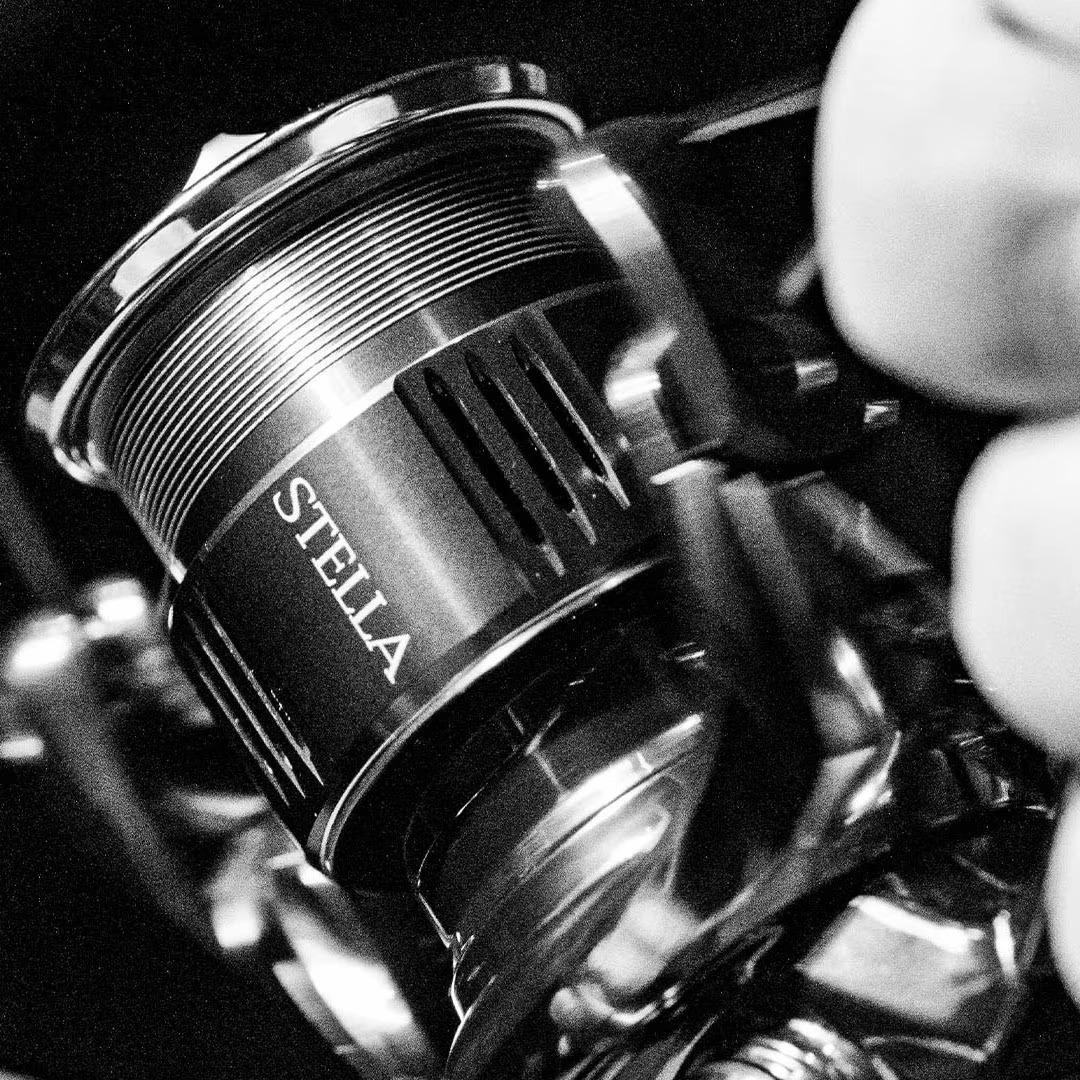
So when is it okay to use placeholder fishing gear?
First, placeholder items are perfect for staging. They’re like display rods and reels in a tackle shop—demo products help your store or website feel ready for real anglers. The same online store layout might later showcase high-end baitcasting reels, budget-friendly combos, or a brand-new lure collection. Placeholder images and sample product names help customers imagine what a fully stocked fishing shop will look like.
Usage and Examples
A quick note: always make sure your shoppers know which gear is a placeholder. You don’t want them trying to buy a sample product, or getting confused by demo items that aren’t actually available. It’s important to label these items clearly, so nobody mistakenly orders gear that isn’t really in stock—or, even worse, checks out with a product that’s just a stand-in for future releases.
In the end, placeholder gear is all about keeping your online shop looking complete while you’re preparing to launch the real collection. Use these demo items wisely to guide your customers’ imagination—and keep everyone focused on the real fishing gear that’s coming soon!
Second, use sample images or placeholder gear if you think showing unfinished products would be too distracting. For certain projects, collaboration between fishing experts and store designers can work best, but as many know, early product descriptions often turn a meeting about the website’s layout into a debate about fishing terms and technical details. Don’t hesitate to use placeholder gear and images to keep everyone focused on the bigger picture until the final product lineup is ready.
